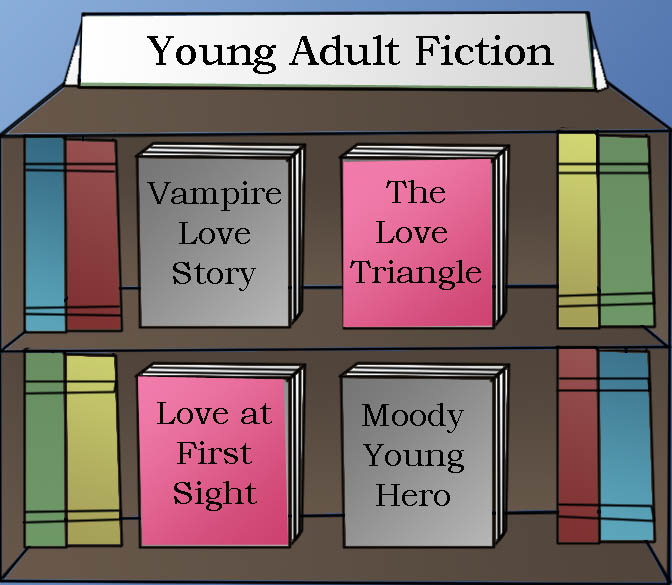Creativity in contemporary fiction

Writers have become lazy and readers even lazier in their demand.

Once upon a time in a fantastical land reminiscent of medieval Europe, there was a prophecy. It pertains to a white farmer’s son who is unaware of his princely status. He must now rise and defend his kingdom against enemies who are probably non-white because that is how savagery is portrayed. There will be a princess for him to save. Her identity should be obvious: she is the hollow character devoid of personality because she is just a plot device.
Or perhaps the world has become a dystopia. Tomorrow, an unassuming teenager will take a test to determine the course of their life. They don’t know they will become the unwilling leader of a rebellion.
The aforementioned plotlines have become staples in widely consumed literature with a myriad books that fit the descriptions. Writers have become lazy and readers even lazier in their demand. All it takes for an author to gain success is to simply catch a trend at its peak. Publishers are selling the same recycled stories because they are highly consumable, despite the lack of nuances.
Although the lack of originality is frustrating, it is not a failure of the imagination that is encouraging narrative stagnancy. There is a wide variety of flourishes expended on fantastical worlds and lavishly imagined societies, but the narratives themselves are cliché-ridden and unoriginal both in diversity and sexuality. No matter how meticulously designed a novel’s setting is, it will not blind readers to lazy plotting.
This problem is not entirely genre specific; science-fiction and fantasy are the worst offenders purely due to the untapped potential of their expansive natures. Such genres offer a world beyond reality so writers should not feel compelled to adhere to societal norms, yet many of these works are predicated upon patriarchal governance and heteronormativity. Often they feature heterosexual white protagonists who live in places reminiscent of North America or Europe, as if writing outside these boundaries would be blasphemy.
There is a wealth of possibilities available to writers but the potential remains untapped and those who have made the effort to stray from clichéd narratives are not accorded the proper attention because publishers prefer to expend marketing efforts on recycled stories that have proven popular in the past. It is a vicious cycle that is hard to break and it certainly is a parasitical trend that is threatening quality.
Just last summer, HarperCollins effected a huge push for Erika Johansen’s The Queen of the Tearling, going as far as branding the novel as a hefty combination of A Game of Thrones and The Hunger Games. The novel itself is no more than a bland cookie-cutter fantasy, yet it nevertheless managed to negotiate a movie deal. There will inevitably be a future novel hailed as “the next Queen of the Tearling.”
It shouldn’t be that simple. It is ultimately up to readers to demand originality because the market is highly reactive to literary trends. Writers should feel obligated to challenge themselves beyond penning the bare minimums.
There has got to be more possibilities beyond the trending narratives dictated by the current “it” novel. I refuse to believe this recycled pool of stories is all the human imagination has to offer.

